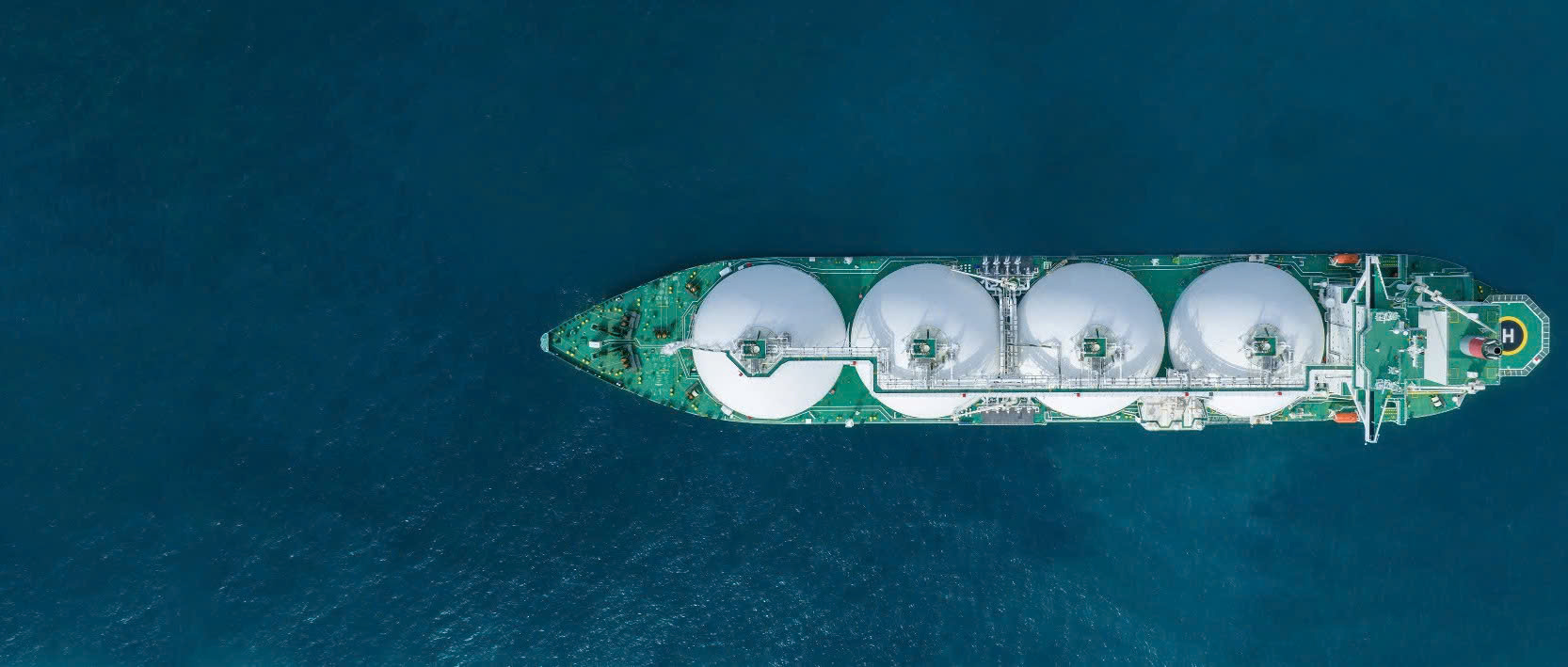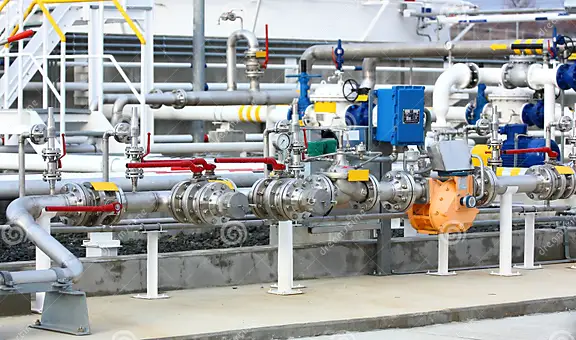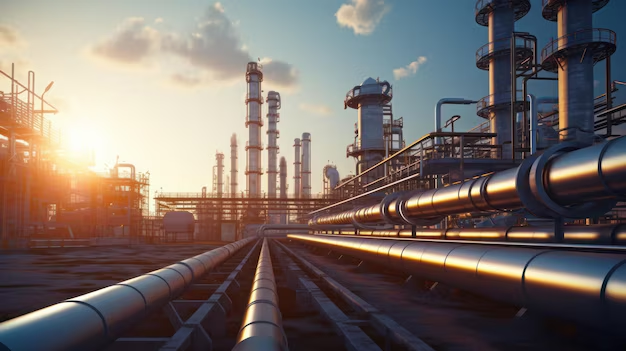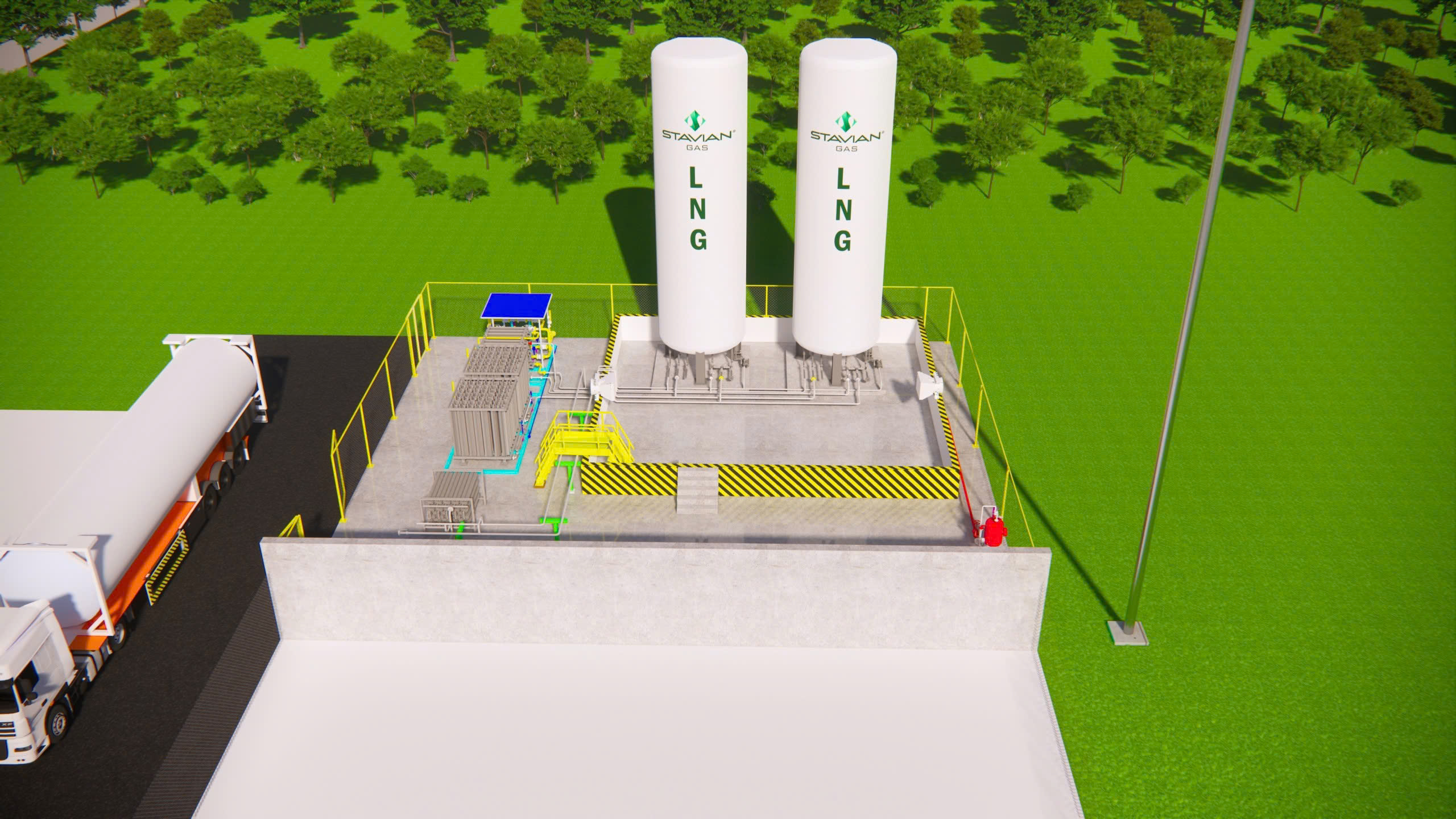As the world faces climate change, air pollution, and the urgent need for sustainable development, the transition to cleaner and more efficient energy sources has become an inevitable trend. In Vietnam, with a national direction toward emission reduction and improved energy efficiency in production and business, Liquefied Natural Gas (LNG) is emerging as a strategic energy solution.
In this article, we provide a comprehensive overview of LNG—from its definition, characteristics, and transportation methods to real-world applications and key benefits—helping businesses make informed decisions for their future energy strategies.
1. What is LNG?

LNG (Liquefied Natural Gas) is one of the clean and efficient energy sources of the modern era. It is natural gas that has been cooled to -162ºC, transforming it from a gaseous to a liquid state. This process reduces its volume to 1/600 of its original size under normal conditions, making it easier to store and transport.
Key characteristics of LNG:
- Colorless, odorless, and non-toxic
- Non-corrosive and lighter than air
- Burns cleanly with a flame temperature up to 2,340ºC
- Composed of approximately 95% methane (CH₄), with small amounts of other gases
2. How is LNG transported?
LNG is primarily transported via:
- Maritime shipping: using specialized LNG carriers with typical capacities ranging from 155,000 m³ to 170,000 m³

- Tank trucks, rail, and coastal vessels: with capacities from 2,500 m³ to 12,000 m³, serving areas not connected to gas pipelines

After transportation, LNG is regasified using specialized equipment and then injected into pipeline systems for end-user consumption.

3. Applications of LNG
LNG is widely used in:
- Power generation plants
- Fertilizer manufacturing facilities
- Transportation
- Industrial production (metals, glass, ceramics, bricks, food processing, rubber, textiles, dyeing, paper, etc.)
4. LNG by the Numbers
International studies show that LNG is the cleanest fossil fuel available:
- No emissions of soot, fine particulate matter (PM), or smoke
- 45% lower emissions than coal, 30% less CO₂ than oil, and 16% less than LPG
- 50% reduction in NOₓ emissions
- Virtually zero SO₂ emissions
5. Conclusion
LNG is a clean and efficient energy solution that overcomes many of the drawbacks of coal, gasoline, and diesel. Its use not only helps Vietnam reduce air pollution but also plays a vital role in fulfilling international environmental commitments—contributing to a cleaner, more sustainable industrial future.
For further consultation, please contact us via hotline: +84 968 756 443


